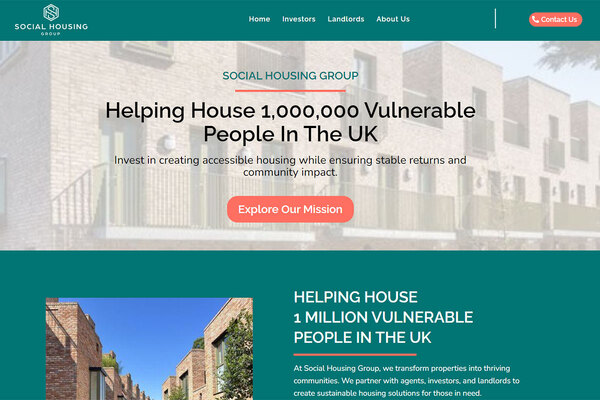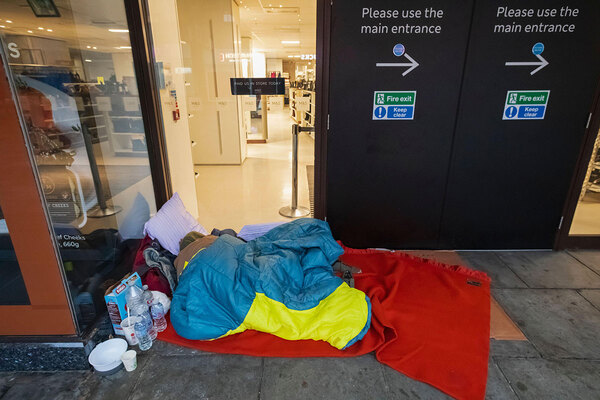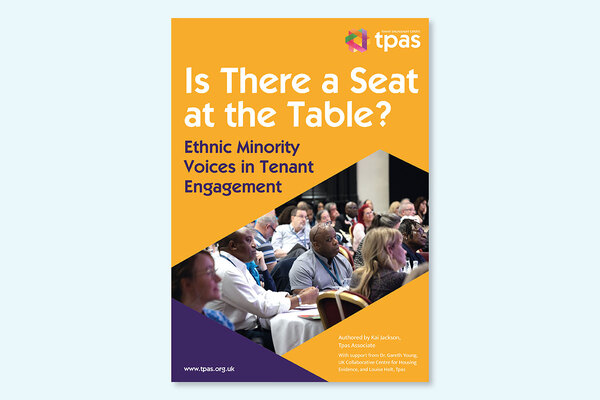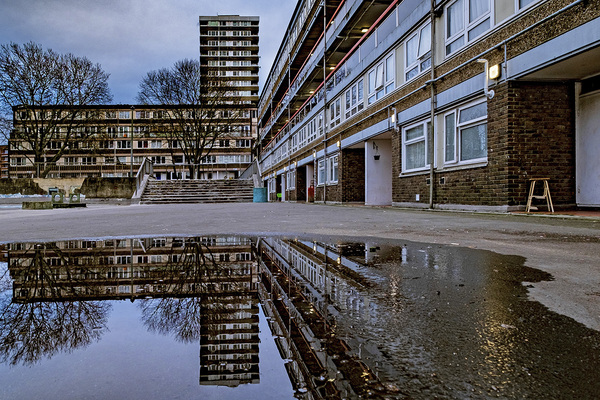You are viewing 1 of your 1 free articles
 Brian Lund
Brian LundThe stigma of social housing tenants must end
The prospect of ending the stigma of social housing was consistently raised in the build-up to the Social Housing Green Paper, but one year on, we are going backwards. Tenants need a bolder approach, writes Brian Lund
In the participation events organised by the Ministry of Housing, Communities and Local Government before it published its Green Paper A New Deal for Social Housing, stigma was the most consistent theme raised by tenants.
The Green Paper promised to tackle stigma, but the patronising tone of its proposals – a ‘best neighbourhood’ competition for social housing tenants and an emphasis on social housing as a ‘springboard’ to owner-occupation – reinforced rather than diminished social tenants’ tarnished identity.
George Osborne and David Cameron increased stigma. In his Summer Budget speech of 2015, Mr Osborne asserted that social housing is subsidised because the price of private rental stock is the real price, reached by the logic of the market.
The complexity of financial support to social housing makes it difficult to assess subsidy, but considered over the long-term, local authority tenants have not been subsidised.
Despite the £42bn in capital receipts acquired by the Treasury through asset-stripping local authorities using the Right to Buy, local authority housing has produced a surplus.
Between 1995/6 and 2015/6, the Treasury took on average £250m each year from local authority Housing Revenue Accounts; under the ‘self-financing regime’ between 2012 and 2015, the Treasury took £800m of the £3.5bn raised in Right to Buy receipts. All of this could have contributed to upgrading social housing to a new Decent Homes Standard, including fire safety.
In announcing the regeneration of selected social housing estates, Mr Cameron highlighted their “blocked opportunity, poor parenting, addiction and mental health problems”. He stated: “There’s one issue that brings together many of these social problems – and for me, epitomises both the scale of the challenge we face and the nature of state failure over decades. It’s our housing estates.”
In addition, Mr Cameron’s “Bonfire of the Quangos” abolished National Tenant Voice, an agency established by Gordon Brown’s administration to promote tenants having a say in social housing policy.
Far stronger action is necessary to stop stigma. The term ‘social housing’ – invented in the 1990s to connect housing association and local authority supply, thereby aiding stock transfer – is unhelpful.
To some, ‘social’ may convey warm mutuality feelings. But when the Fabian Society asked the public in a poll “Which two or three of the below words or phrases do you most strongly associate with social housing?”, just under half of respondents listed ‘benefits’.
Shelter’s A Vision for Social Housing stated that stigma influences low-income private renters’ choice of tenure: “Two out of three (63%) private renters feel that people would perceive them in a more negative light if they lived in social housing.”
Recent interviews found that first-time buyers and ‘struggling renters’ no longer considered social housing as being for ‘people like us’ and increasingly viewed it as a residual product for people ‘who have fallen to the bottom of society’.
The term ‘social housing’ should therefore be replaced by ‘not-for-profit houses’.
Teresa May promised to give tenants a greater political voice, but this has not happened. The National Tenant Voice agency should be re-established, alongside a powerful regulator to set and monitor standards across the rented sector.
“Stigma is deeply embedded, so its prevention also requires a sustained programme of new, high-quality, not-for-profit housing, fully integrated with owner-occupation”
More choice is necessary for low-income householders, who cannot claim housing benefit (HB), thereby trapping them into renting. They should be allowed to claim HB, as with the United States’ Housing Choice Voucher Program, thereby diverting some of the £21.2bn spent on HB in 2018/9 into homeownership.
Stigma is deeply embedded, so its prevention also requires a sustained programme of new, high-quality, not-for-profit housing, fully integrated with owner-occupation. Higher grants to not-for-profit suppliers of new homes would produce a full payback by 2057/8. If large estates are avoided and the houses are well-designed – hence enviable – both housing associations and local government will have valuable assets.
In advocating a sustained local authority housing programme, the Tudor Walters Report of 1918 claimed that although subsidies were necessary in the short-term, “ultimate economy in the provision of dwellings will depend on the relation between the average rental secured over a long period and the initial dwelling cost”. Wise words.
Brian Lund, former principal lecturer in social policy, Manchester Metropolitan University, and author of ‘Housing Politics in the United Kingdom: Power, Planning and Protest’ and ‘Housing in the United Kingdom: Whose Crisis?’










